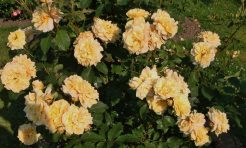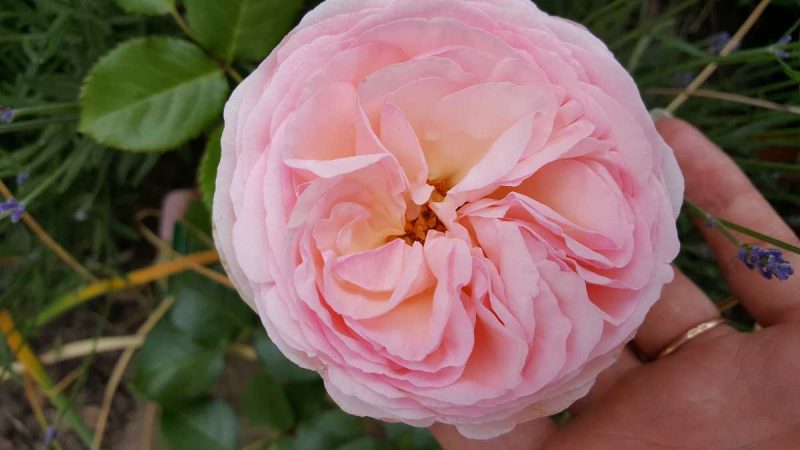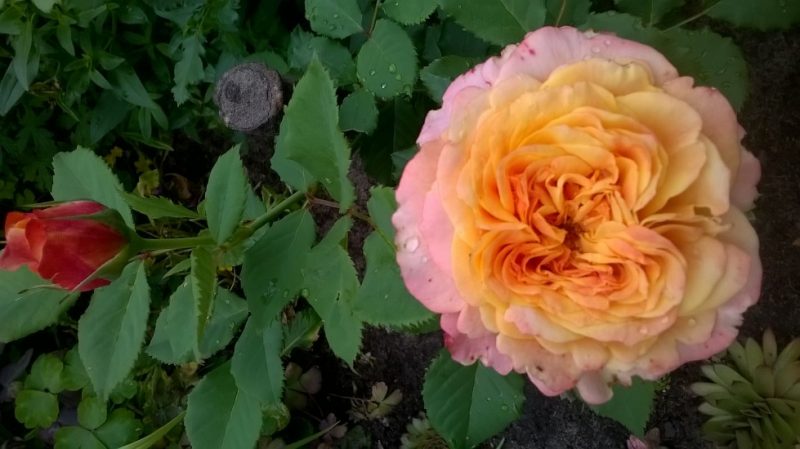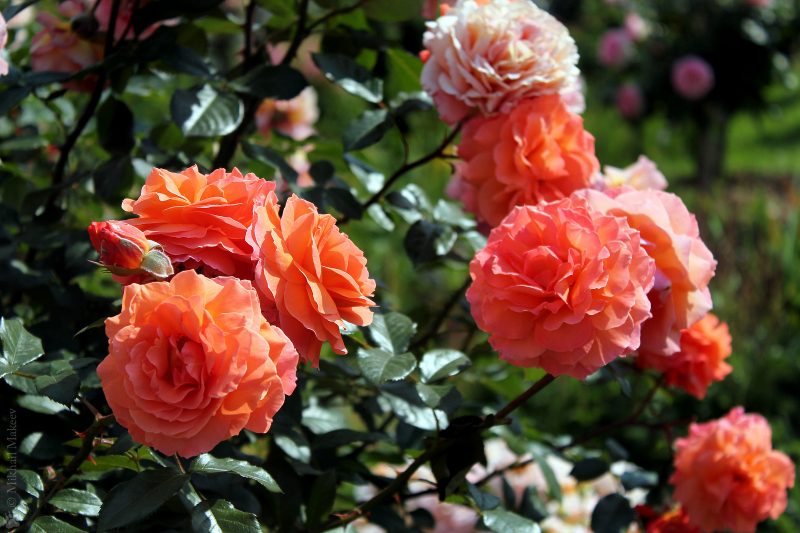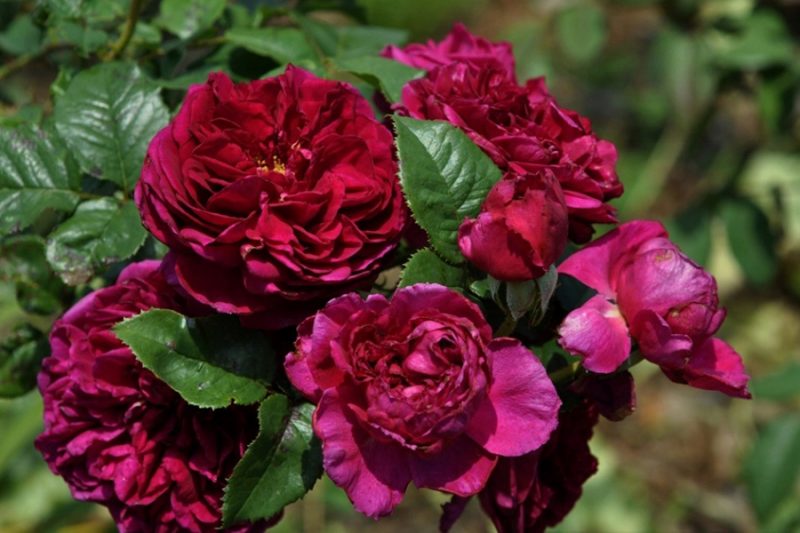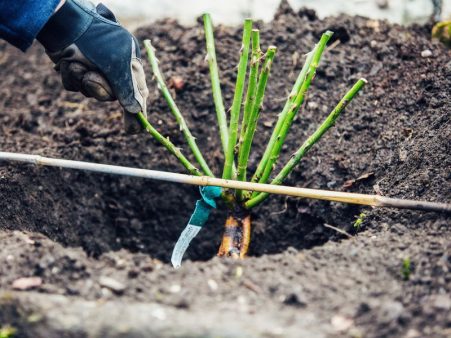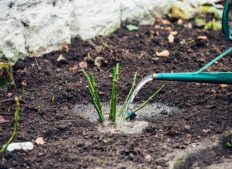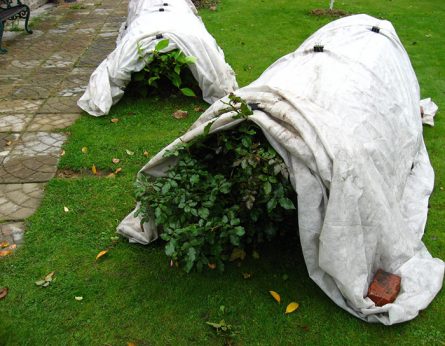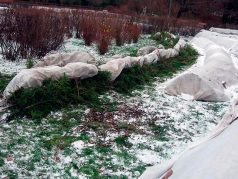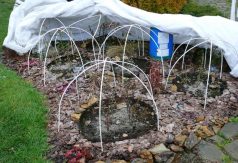Garden roses have always been sissy, requiring special care and attention. In order to facilitate the work of flower growers, unpretentious varieties have been developed, united in the “rose-shrub” group.
What is it? A scrub is a bush. The species includes tall, spreading rose bushes densely strewn with flowers that have been blooming for a long time. Further, hybrids that are not included in other groups began to be attributed to this species.
Material Content:
Grade description
Scrub roses combine a variety of shrubs in height, volume, sprawling shoots, color and shape of flowers.
Consider the distinctive features of spray roses and give their characteristics:
- The group includes various species from floribunda to delicate tea hybrids.
- The colors of the flowers are very diverse - from pink and white to all shades of red and orange.
- Flowering continues from June to early fall. Bushes are strewn with flowers.
- They have a gentle rich aroma.
- Bushes are large - the height can be up to 2 m.
- It is frost-resistant and requires little shelter.
- Unpretentious plant, not difficult to care for.
The most popular varieties of rose shrubs
Magnet shrub - This is a classic type of spray rose that blooms with pink or peach fragrant inflorescences. Flowers with a diameter of 9 cm, petals with a slight undulation. Bush 1 meter high. It easily takes root, beautifully and continuously blooms.
Rose La villa cotta unusual flowers adorn - the outer pink petals are replaced by a carmine shade towards the middle. The bush with glossy foliage is very beautiful - tall and strong. The variety is frost-resistant, tolerates heat, not sensitive to powdery mildew. The only drawback is that it is difficult to get used to a new place.
The most memorable variety - rose-scrub Gazebo. A small bush is strewn with large peach flowers. A tart persistent aroma.An unpleasant moment is the exposure to powdery mildew.
Classical classic English rose Fishermens Frend adorn the inflorescences of the color of pomegranate seeds. They reach a diameter of 15 cm, very fragrant. The bush is tall and voluminous. He is not afraid of frosts (they hibernate without shelter). The negative side is disease resistance.
By the way! Shrub roses-scrubs will decorate even a modest garden. In combination with the right environment, you can create a composition that blooms all summer.
Choosing Healthy Seedlings When Purchasing
For planting, one-year-old seedlings are chosen. They may be small but healthy. Inspect the condition of the bark and roots. The bark should be lignified and not dry. If the roots are slightly dried, they are soaked before planting in a rooting agent solution.
Planting roses-scrub in the open ground
Before you start planting roses, you should determine the place of planting.
Important! In order to choose the right place for planting, you need to know what type the selected rose belongs to, its relation to sunlight, the size and shape of the bush.
Planting roses, in which flowers and foliage do not fade in the sun, is carried out in an open, well-lit place. Low bushes with strong shoots that do not require support are placed on the lawn or lawn.
If you have chosen tall bushes or climbing varieties, they are planted near fences or walls of arbors, arranging supports in the form of arches or trellises. Depending on the size of the bush, the distance between them is also chosen.
Landing site is prepared in advance. I dig up soil, fertilize with humus, humus or compost. They make holes half a meter deep, add superphosphate, mix it with the ground.
Planting technology for roses:
- On a mound arranged in a hole from the ground, a seedling is set.
- The roots are straightened, watered with warm water.
- Sprinkled with earth, easily tamped.
- The vaccination site is buried by 5 cm.
- Hub spud.
- They shade for 10 days.
The distance between undersized varieties is maintained at 50 cm, and for tall and climbing roses - up to 2 m.
Read also:climbing plants for fence
How to care for flowers
Rose scrubs are watered at least 1 time per week. For each bush you will need from 10 to 20 liters of water, which depends on their size. Water should be warm and not hard. Spill the soil to the entire depth of the roots. This is done in the morning or in the evening. Water should not fall on leaves and flowers. After watering, loosening and hilling of the bush is carried out.
In order for the rose to grow well and decorate the garden with flowers, it must be properly fertilized. In spring, roses need nitrogen. In summer, before laying buds, you need to make complex compounds - nitrophoska, azofoska will be good. You can prepare a mixture of 1 part of nitrogen and potassium, as well as 2 parts of phosphorus. Useful foliar top dressing with trace elements. In the fall, potassium is added for a successful wintering of the plant.
To rid the garden queen of pests, marigolds, marigold, and spicy herbs are sown around the bush. You can use drugs that destroy the larvae and the pests themselves. It is better to use biological products that do not harm the useful residents of the garden.
An important point in caring for a rose is pruning. In the spring, dried shoots are removed, shortened and thickened branches are removed. Pruning is done after 5 cm from the bud at an angle of 450. After flowering is complete, the inflorescences are removed, giving rise to new buds. You can remove part of the buds to make the remaining flowers larger. In grafted varieties, wild shoots must be cut to the ground level.
Preparation for winter
Some varieties of scrubs do not require winter shelter. To be sure, you can throw two layers of non-woven material on the bush, securing it from the wind. The roots are pre-mulched with dry leaves, peat or just spud to a height of 30 cm.
Climbing or shrub roses are laid on a bed of lapnik or dry grass. Next, the shoots are pinned to the ground. Above there is a shelter of spruce branches or dry leaves with a layer of 10 cm. Lutrasil can be laid on top.Such a shelter, covered with a layer of snow, will be a reliable protection against frost.
Important! Before sheltering, it is necessary to cut off immature shoots, flowers and leaves in order to avoid the development of fungal diseases.
Propagation of rose scrubs
The main methods of propagating roses are cuttings and grafting. In such developed bushes, cutting cuttings is not difficult. Rooted cuttings form strong bushes that retain all the characteristics of the variety. They have their own root system, so no wild growth is formed.
Rose grafting is done on rose hips. The plant turns out winter-hardy with all the characteristics of the variety. The only drawback is the formation of overgrown shoots of wild rose. To preserve the honeycomb plant, it is necessary to remove the shoots of the latter, which can destroy the entire noble bush.
Use in landscape design
Small green bushes with glossy leaves and plentiful bright flowers planted in small groups will be very beautiful on a green lawn. Lattice fences or an unsightly fence will be covered with climbing roses. You can choose plants with different colors, which will create a game of colors.
Tall bushes planted in the background of flower beds will be a beautiful backdrop for her. Low bushes with flowers of pastel colors and a delicate aroma, located next to a bench or table with garden chairs, will create a pleasant atmosphere for relaxation. Roses-scrubs will always decorate the garden, no matter how you arrange them.
What are roses-shrubs we found out, I hope that these flowers aroused your interest and desire to do their cultivation. A variety of varieties and shapes of this flowering shrub will satisfy the taste of the finickiest lover of beauty, and any garden with the appearance of roses will not look boring.



